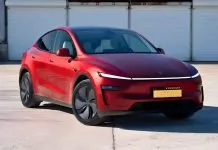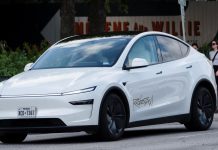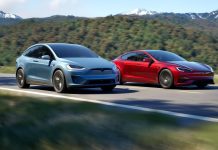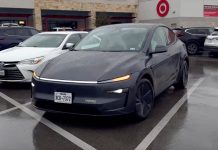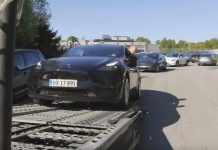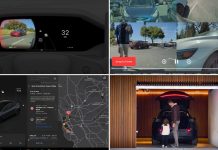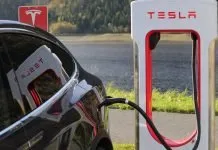Tesla cars are the most favored electric car across the globe but what if the state-of-the-art car cannot talk to winds for a longer time and you have to stop every now and then just to juice it up? I know it’s exhausting and at the same time, it makes you question why Tesla’s battery claims aren’t matching the expectation you have for the car and the battery.
You’ll be surprised to know that it’s a question many Tesla owners have been asking, and we’re here to find the answers. In this article, we’ll simplify the complex and dive into the heart of the matter: Are Tesla’s battery drain issues a software glitch, or is there something more profound lurking beneath the surface?
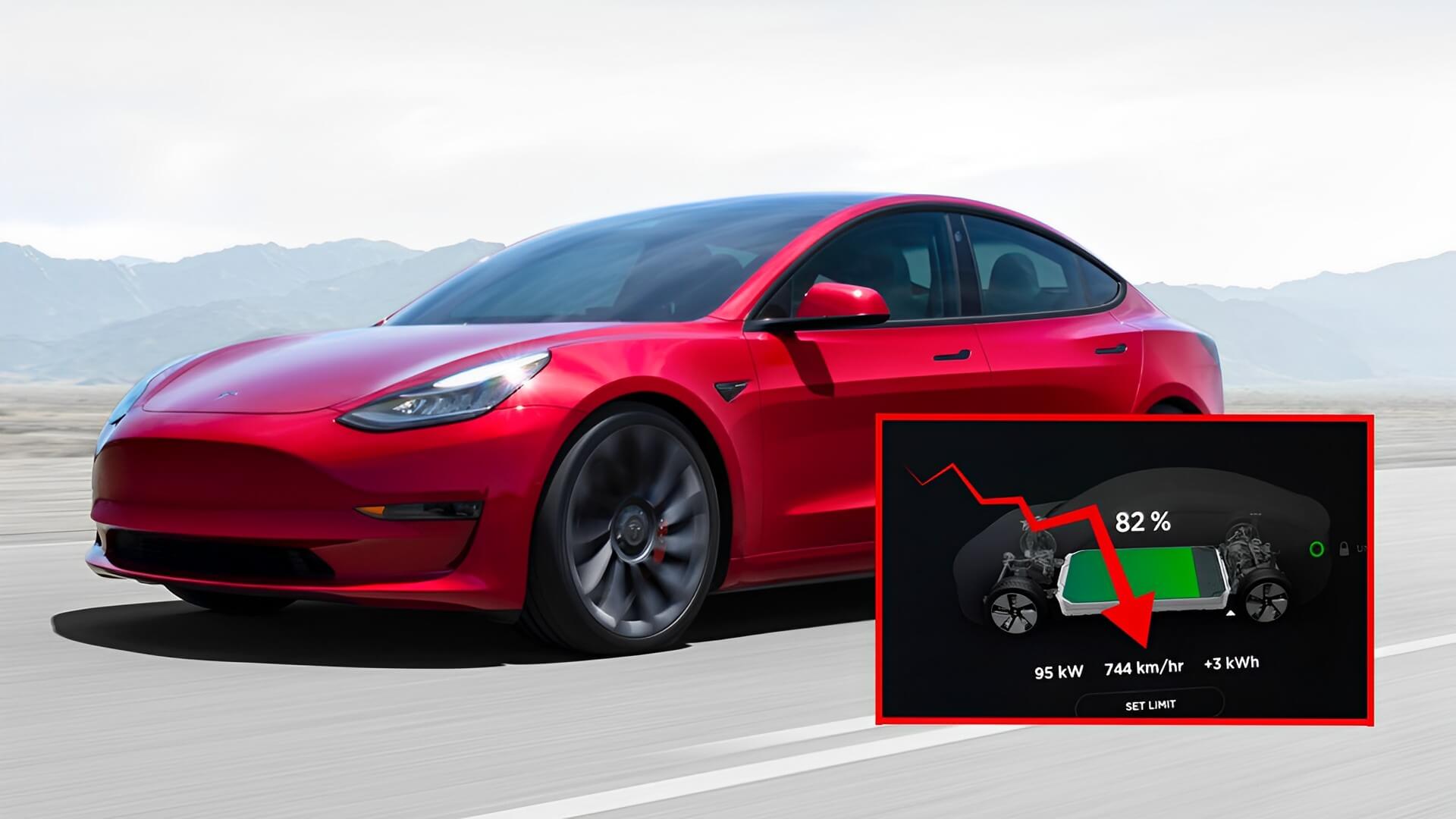
Table of Contents
Tesla Battery Drain After Update
Let’s see what the fuss is about the software update which is impacting the battery. We’ll also find out if is Tesla really at fault.
The first such case surfaced in the year 2019 when the owners of Tesla Model S and X experienced a drastic reduction in the size of the battery impacting the range up to 20% from 12 miles to 30 miles. This has an impact on the charging speed as well and when the owners are asking for some remedy from the company, they are guiding the users to ask for a new set of batteries amounting $15,000.
Not only this but when these updates are lingering in your system, Tesla does not provide prior warnings to its customers about the potential impact of its software updates on battery performance or the possibility of decreased battery life. Additionally, drivers have found limited recourse when facing performance issues following these updates.
Tesla Software Rollback
Sadly, once initiated, these updates cannot be canceled, and Tesla has informed consumers that reverting to previous versions of the vehicle software is not feasible. Since it might affect the operability of the car as a whole.
Tesla Class-Action Lawsuit for Battery Draining Issue
Tesla has been slapped with a real class suit and they even paid the compensation which makes them liable for the problems in the cars.
In a legal case that concluded in 2021, Tesla reached an agreement to provide $1.5 million in compensation for 1,743 Model S to address allegations that its May 2019 software update briefly reduced the maximum charging capacity of specific vehicles. Each plaintiff received $625 in compensation.
Furthermore, in Norway, a court ordered Tesla to pay $16,000 to each of the 30 individuals who encountered a decline in battery performance and charging speed as a result of that same 2019 software update.
In a more recent case of May 2023, Tesla again had to appear in court of California as it was served with another class-action lawsuit. Where the court asserts that Tesla vehicles affected by these issues are classified as ‘protected computers’ according to the Computer Fraud and Abuse Act. It argues that the automatic updates infringe upon the rights of the owners under this law. According to the lawsuit, certain Tesla owners have allegedly paid third parties up to $750 to reverse software updates related to their vehicle’s battery.
The most surprising part is that these updates happen when you are connected to the Wi-Fi automatically. They don’t require your permission, so wow! You left your car with a perfect battery and charging speed but nothing has been the same ever since.
In defence, Tesla said the cars send an alert when they are updating the software. So yeah that could be true but we don’t know until we experience a drop.
Apple Intentional Battery Drain
It’s not Tesla alone who have been called into the court over battery issue but Apple too was involved in the software-battery issue and they had to pay 25 million Euros ($2,67,83,750). We’ll summarize this for you here: The issue came to light when several Spanish media outlets reported on it, with a significant problem being the rapid draining of iPhone batteries following the iOS 14.6 update. Users were unhappy about waking up to completely depleted batteries after installing the new operating system.
It wasn’t the first time Apple faced criticism for intentionally reducing the performance of older iPhone models. In 2017, the company admitted to doing this, explaining that it was to optimize battery life on older devices.
Why Is Your Tesla Battery Draining So Fast
Before diving into the highly discussed software issues, let’s first explore a range of potential battery-related challenges that Tesla car owners may encounter. Understanding these issues is crucial, as it allows us to distinguish between various battery-related problems and helps pinpoint the specific concerns. So, join us as we uncover the broader spectrum of battery issues that can be witnessed in Tesla cars and learn how to effectively differentiate between them.
Fast Charging and Ideal Temperature
In the electrifying world of Tesla, battery care is the main name of the game. A recent study has shed light on the impact of fast charging, revealing how it unleashes surges of power that can heat things up – literally!
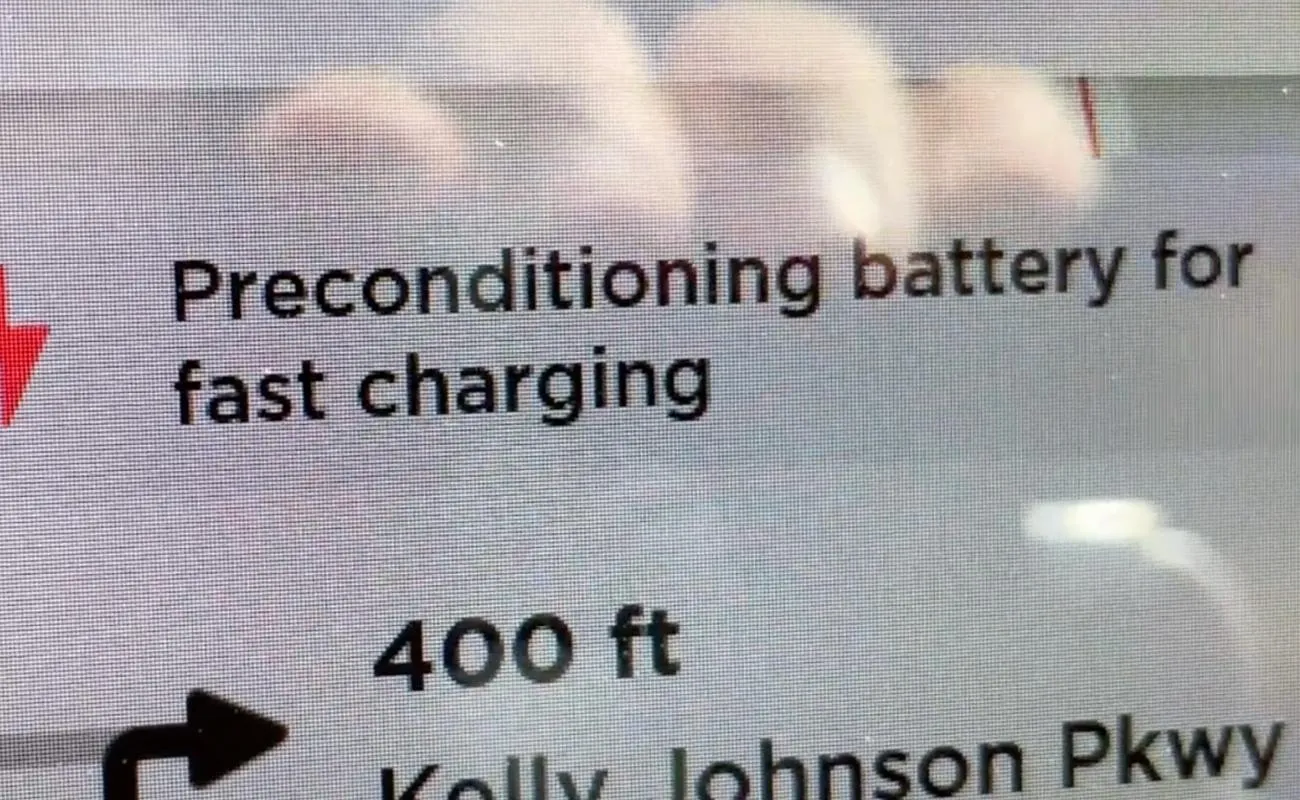
Negligence in Charging
If you want to preserve your battery, you need to pay extra attention to your charging habits as well. Steer clear of power strips and outlet converters like the plague! These seemingly innocent accessories can lead to excessive heat, a recipe for disaster when it comes to your precious battery. Why does this all matter, you ask? Well, improper charging habits can lead to overcharging, a situation that will leave your battery gasping for breath as it drains faster than a Tesla in Ludicrous Mode.
Apps on the Dashboard Working in the Background
Closing unnecessary gaps on your Tesla is essential for saving your battery’s life. Just think this battery drains like your phone’s battery even though there are no apps running still some applications are sucking on your battery. Just like this, it happens in cars, so before leaving close all the applications that are of no use to you.
“Sentry Mode” and “Auto Summon System”
Sentry Mode, your Tesla’s vigilant protector, is here to keep a watchful eye on your car even when you’re not around. It’s like having an extra pair of digital eyes, ready to catch any suspicious movements in its surroundings.
But it can also be a battery booster when left on all the time. Many drivers make the mistake of leaving it perpetually activated, unknowingly causing a noticeable drain on their Tesla’s battery life.
Smart Summon when active keeps your Tesla’s GPS working tirelessly behind the scenes, which can lead to a noticeable drain on your battery reserves. Just like Sentry Mode, Smart Summon relies on a network of sensors to navigate and execute its moves seamlessly.
Turn off the Cabin Overheat Safeguard
To keep the temperature ideal inside the car, the cabin heating and cooling system works itself and gets adjusted accordingly. Make sure to turn it off so that it’s not a toll for your battery.
How to Prevent Tesla Battery Degradation
Tesla advises owners to play it cool by keeping their vehicles away from temperatures above 60 °C or below -30 °C for extended periods.
- Avoid the 100% to zero battery shuffle. This battery dance may seem fun, but it’s a no-no if you want to keep your range roaring. Neglecting these pointers could dim your Tesla’s spark.
- The smart way to use Sentry Mode is to keep it off when not needed and activate it strategically to strike the perfect balance between security and preserving your precious Tesla’s charge.
- Did you know that with the right configurations, your Tesla can sip a mere 0.5% of battery juice per day? Say goodbye to the relentless vampire drain by giving your third-party apps and access a thorough checkup.
Battery University research talks about charging your battery to 100% might seem like a full tank, but it’s not the best recipe for long-term capacity. Things get even hotter when high temperatures come into play, accelerating the battery’s path to degradation.
But here’s the real shocker – letting your battery hit rock bottom at 0% for extended periods can unleash an electrochemical nightmare, potentially rendering your battery unchargeable forever.
So, what’s the golden rule from the experts? Charge your Tesla every 2 to 3 days, and keep your battery in its happy place for lasting health and performance.
Companies Battery-Draining Tactics
In my opinion, when it comes to companies intentionally degrading the performance of older devices through software updates, there could be two possible motives at play. First, it’s conceivable that companies do this as a strategic move to nudge users into recognizing that their current device is becoming outdated. This could serve as a subtle push to entice users to upgrade to the latest models, often accompanied by tempting trade-in offers and incentives.
On the other hand, if this is indeed intentional, it might be because of a software bug or issue within the update, and the company may not be fully aware of the consequences. Nevertheless, regardless of the motive, such actions could inadvertently harm a company’s reputation. It’s essentially a case of a company deceiving its own users, which rarely bodes well for its image and customer trust.
It’s important to note that these views are personal, and there could be more complex factors at play behind the scenes within these large corporations.
Tesla Battery Replacement Cost
Tesla batteries are a significant investment and come with a substantial replacement cost, typically required every 8-10 years, which can vary based on your driving habits, location, and local weather conditions.
The cost of battery replacement is influenced by factors such as the battery’s size and condition. Tesla offers different types of batteries for various vehicle models, each with an estimated lifespan of approximately 100,000 to 150,000 miles before needing replacement.
Starting at $10,000, the cost of battery replacement can go up to $20,000, depending on the specific Tesla model you own. It’s important to consider these expenses when planning for the long-term ownership of a Tesla vehicle.
We have tried our best to break down the replacement cost of each model:
Tesla Model S/X
- Replacement cost: $13,000 to $14,000.
- Breakdown: New battery pack: $12,000 to $13,000.
- Labor costs: $500 to $600 at an hourly rate of $180.
Tesla Model 3
- Estimated cost: Approximately $13,500 for a 75 kWh battery. Note that market prices for Tesla electric batteries typically range from $132 to $135 per kWh.
- Replacement costs for Model 3 batteries, ranging from 50 kWh to 82 kWh, may fall between $7,000 and $11,000, excluding labor costs.
- Breakdown: New battery pack: $7,000 to $13,000.
- Labor costs: $500 to $600 at an hourly rate of $180.
Tesla Model Y
Generally, Model Y batteries are considered durable and reasonably priced. With proper care, they should last the lifetime of the electric vehicle. However, if a replacement is needed, it may cost between $11,000 and $13,000.
These estimates provide an overview of potential battery replacement expenses for various Tesla models. It’s essential to budget for these costs as part of the long-term ownership of a Tesla vehicle.
Writer’s Remarks
Having discussed the intricate details surrounding Tesla, software updates, battery performance, and replacement costs, it’s evident that we’ve covered a comprehensive spectrum of information. However, as we prepare to conclude, there’s a crucial reminder worth emphasizing: the importance of taking care of your electric vehicle, regardless of the make or model you choose.
Automobiles represent a significant investment in our lives, often viewed as a one-time purchase with the added factor of depreciation over time. Yet, this perspective overlooks the lasting value and sustainability of electric cars. To truly maximize the return on your investment and contribute to a cleaner, more sustainable future, diligent care and maintenance are essential.

